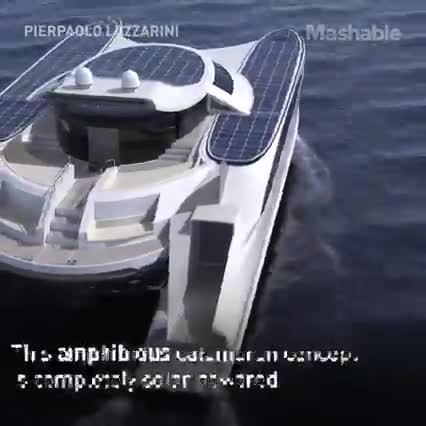A supercomputer presses the rewind button on the universe’s creation.
Cosmologists simulated 4000 versions of the universe in order to understand what its structure today tells us about its origins.
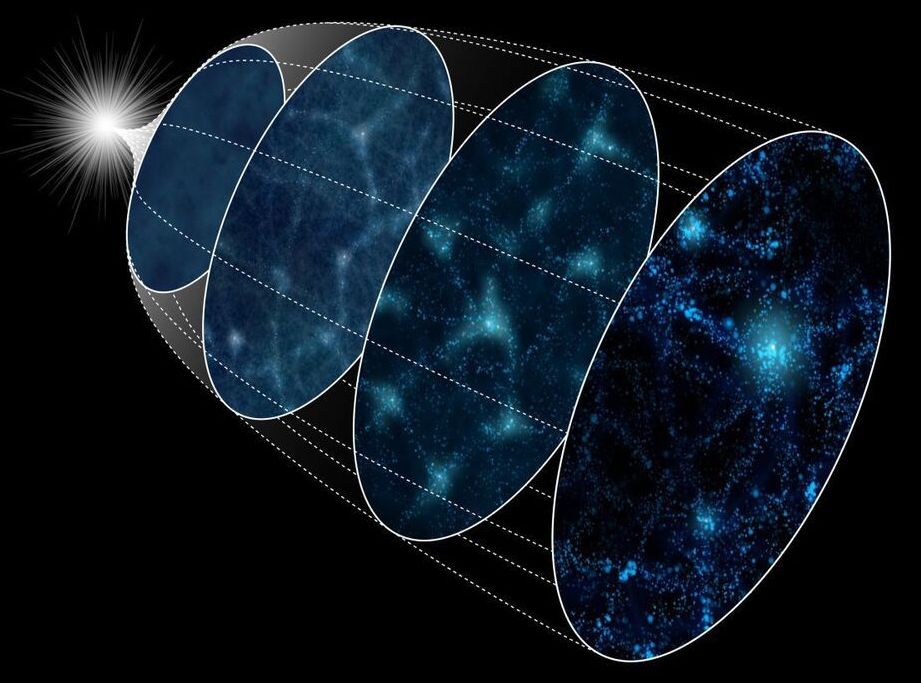

Colin G. Johnson, an associate professor at the University of Nottingham, recently developed a deep-learning technique that can learn a so-called “fitness function” from a set of sample solutions to a problem. This technique, presented in a paper published in Wiley’s Expert Systems journal, was initially trained to solve the Rubik’s cube, the popular 3D combination puzzle invented by Hungarian sculptor Ernő Rubik.
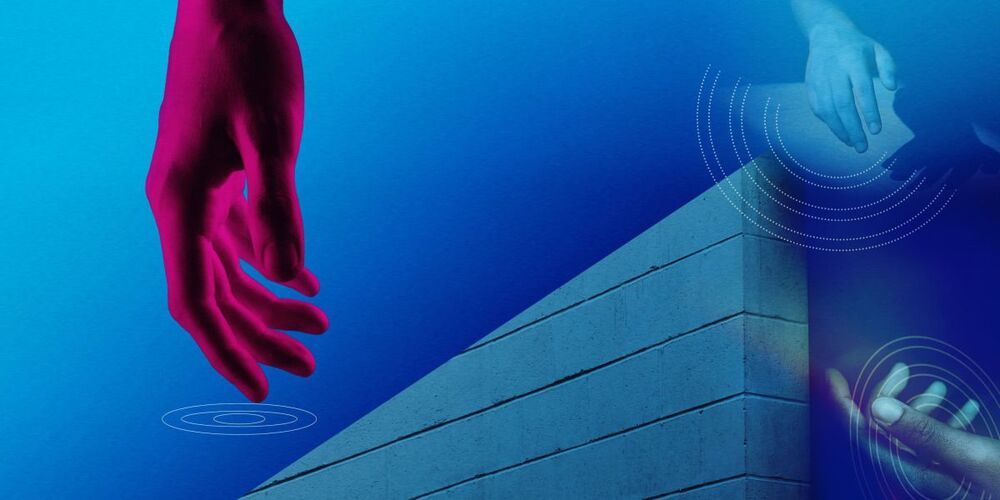
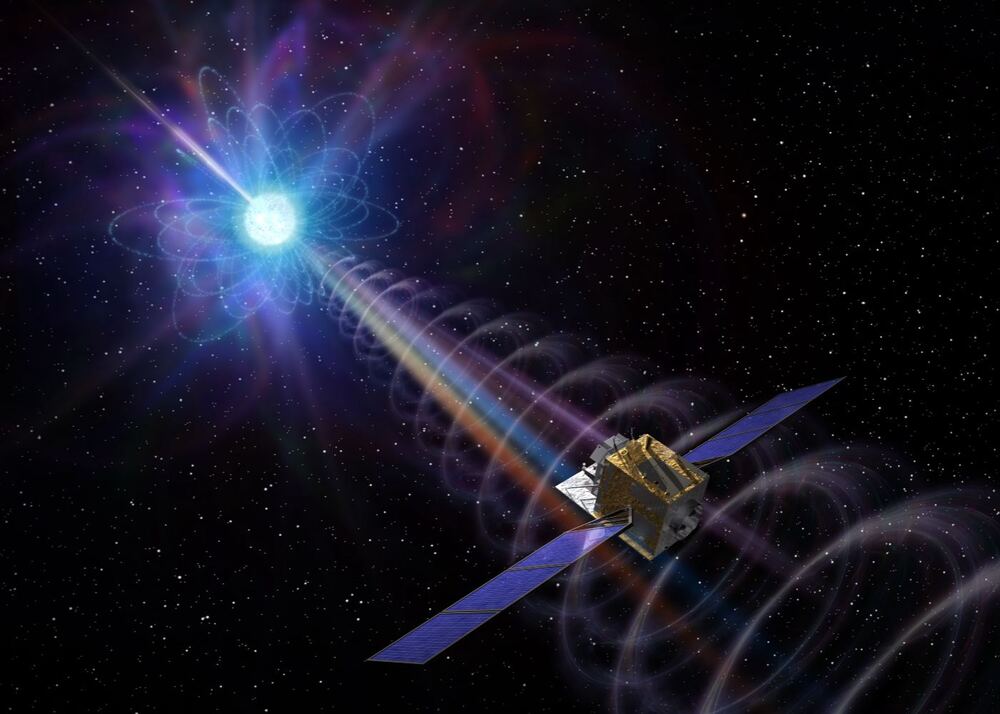
A new study of x-ray bursts from a local magnetar confirms the origin of a fast radio burst.
Every now and then there is a burst of radio light in the sky. It lasts for just milliseconds before fading. It’s known as a Fast Radio Burst (FRB), and they are difficult to observe and study. We know they are powerful bursts of energy, but we aren’t entirely sure what causes them.
The more we’ve learned about FRBs, the stranger they appear. Most occur outside our galaxy, but there are a few that seem to originate within the Milky Way. Most seem to appear at random in the sky, but a few of them are repeating FRBs. Some of them even repeat with surprising regularity. Because of this, astronomers generally think they can’t be caused by a cataclysmic event, such as the last radio burst of a neutron star as it collapses into a black hole.



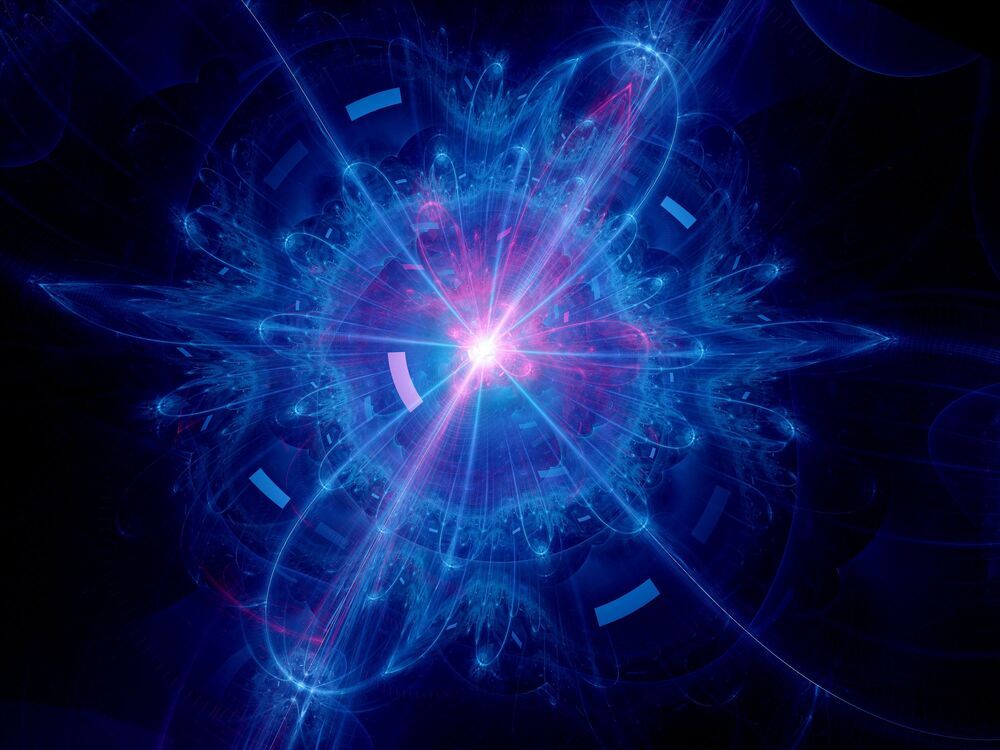

Sergey Brin’s secretive airship company LTA Research and Exploration is planning to power a huge disaster relief airship with an equally record-breaking hydrogen fuel cell.
A job listing from the company, which is based in Mountain View, California and Akron, Ohio, reveals that LTA wants to configure a 1.5-megawatt hydrogen propulsion system for an airship to deliver humanitarian aid and revolutionize transportation. While there are no specs tied to the job listing, such a system would likely be powerful enough to cross oceans. Although airships travel much slower than jet planes, they can potentially land or deliver goods almost anywhere.
Hydrogen fuel cells are an attractive solution for electric aviation because they are lighter and potentially cheaper than lithium-ion batteries. However, the largest hydrogen fuel cell to fly to date is a 0.25-megawatt system (250 kilowatts) in ZeroAvia’s small passenger plane last September. LTA’s first crewed prototype airship, called Pathfinder 1, will be powered by batteries when it takes to the air, possibly this year. FAA records show that the Pathfinder 1 has 12 electric motors and would be able to carry 14 people.
